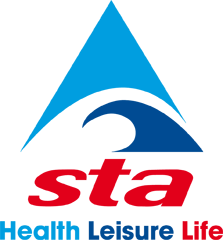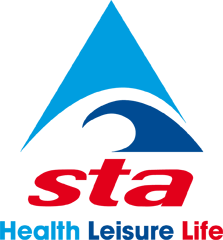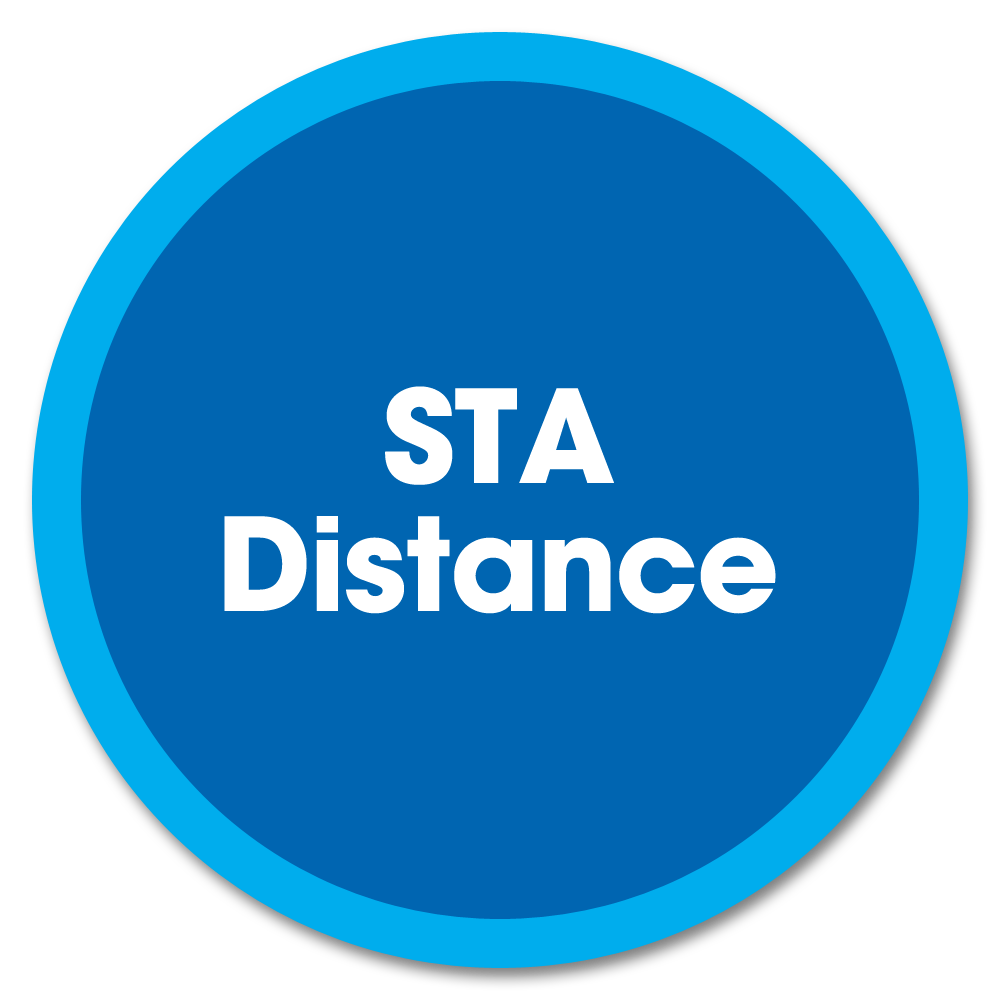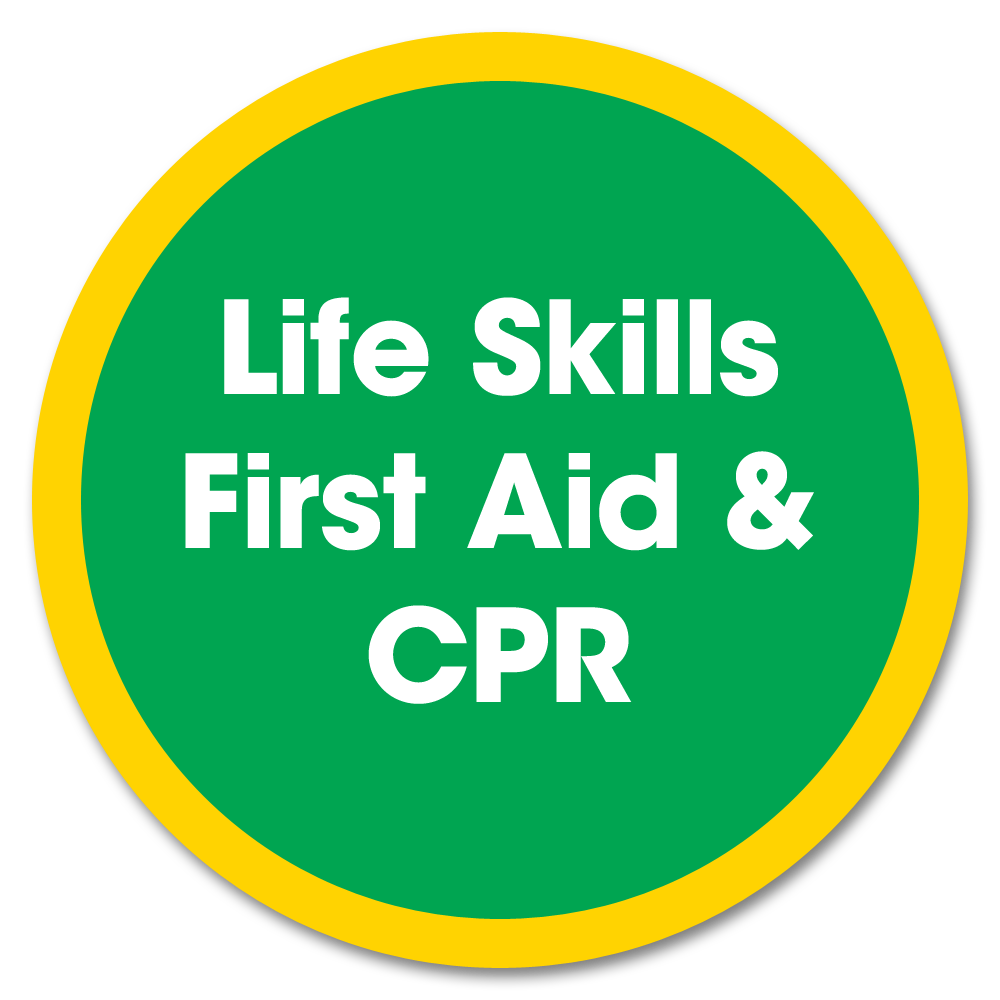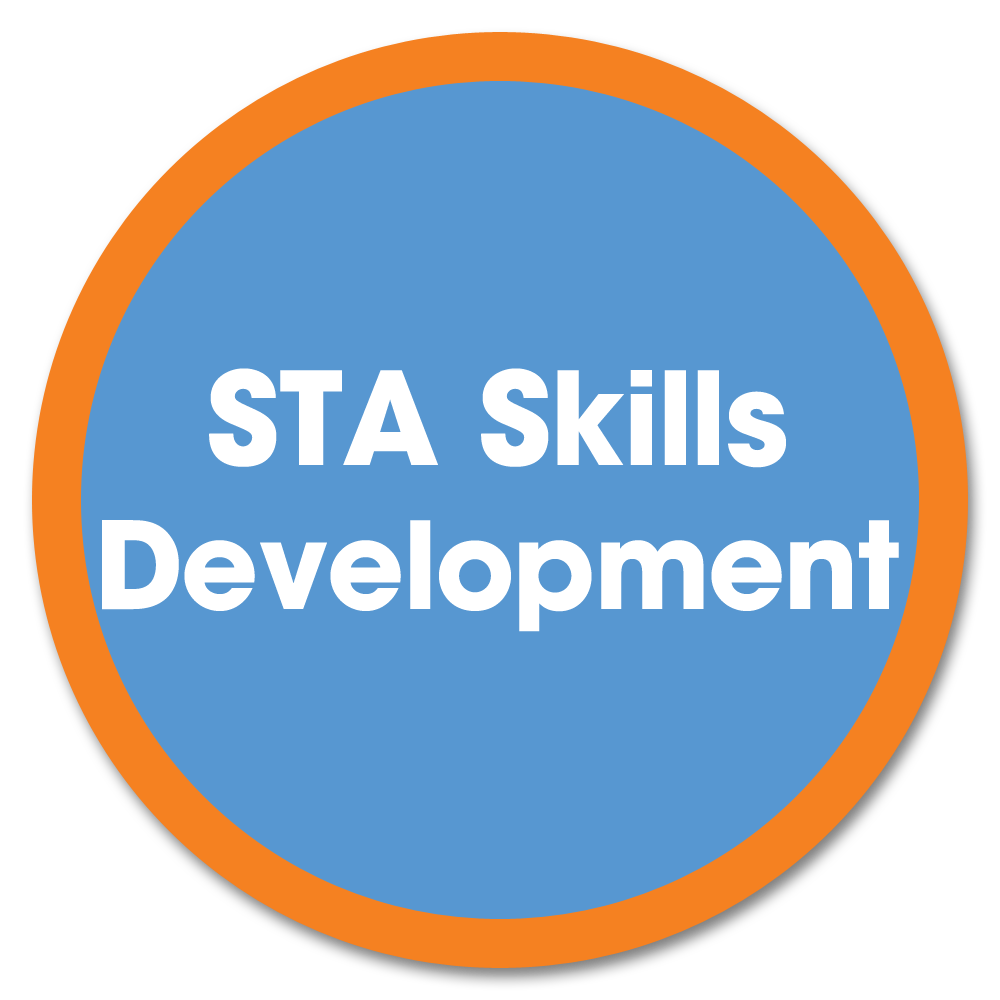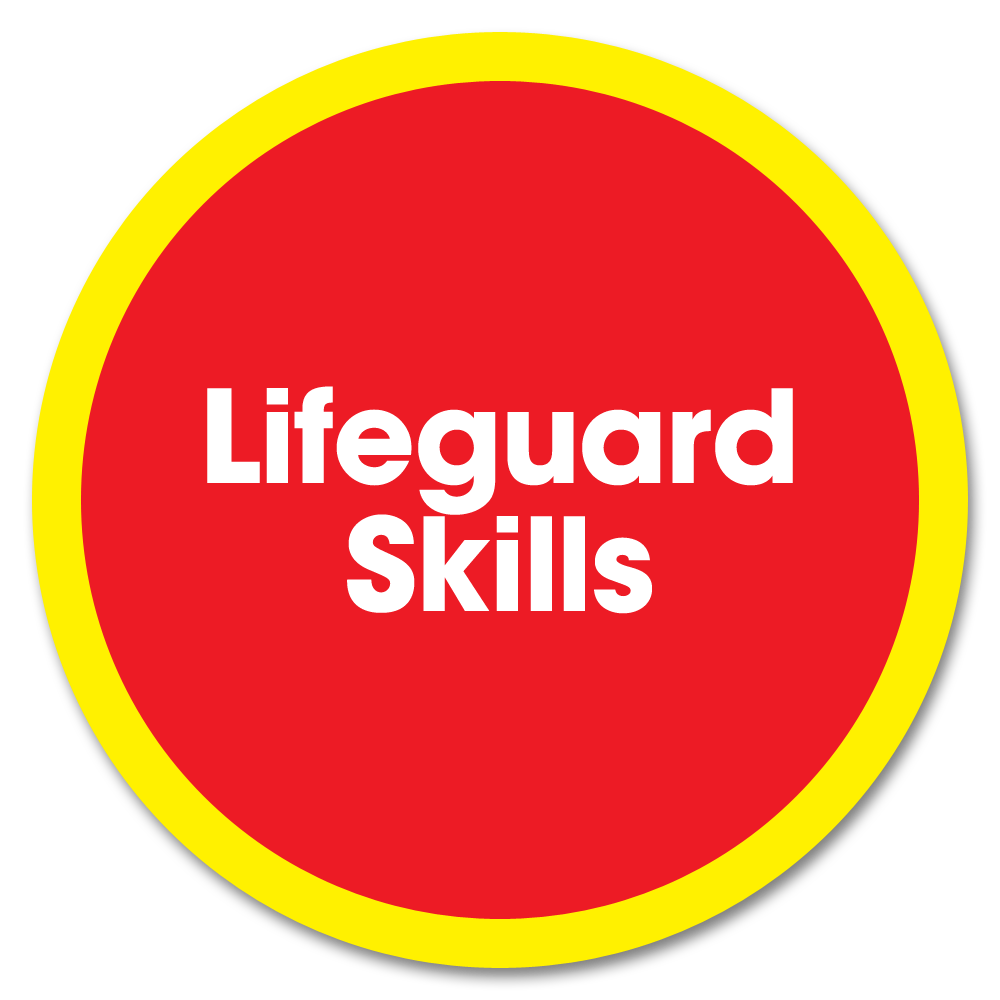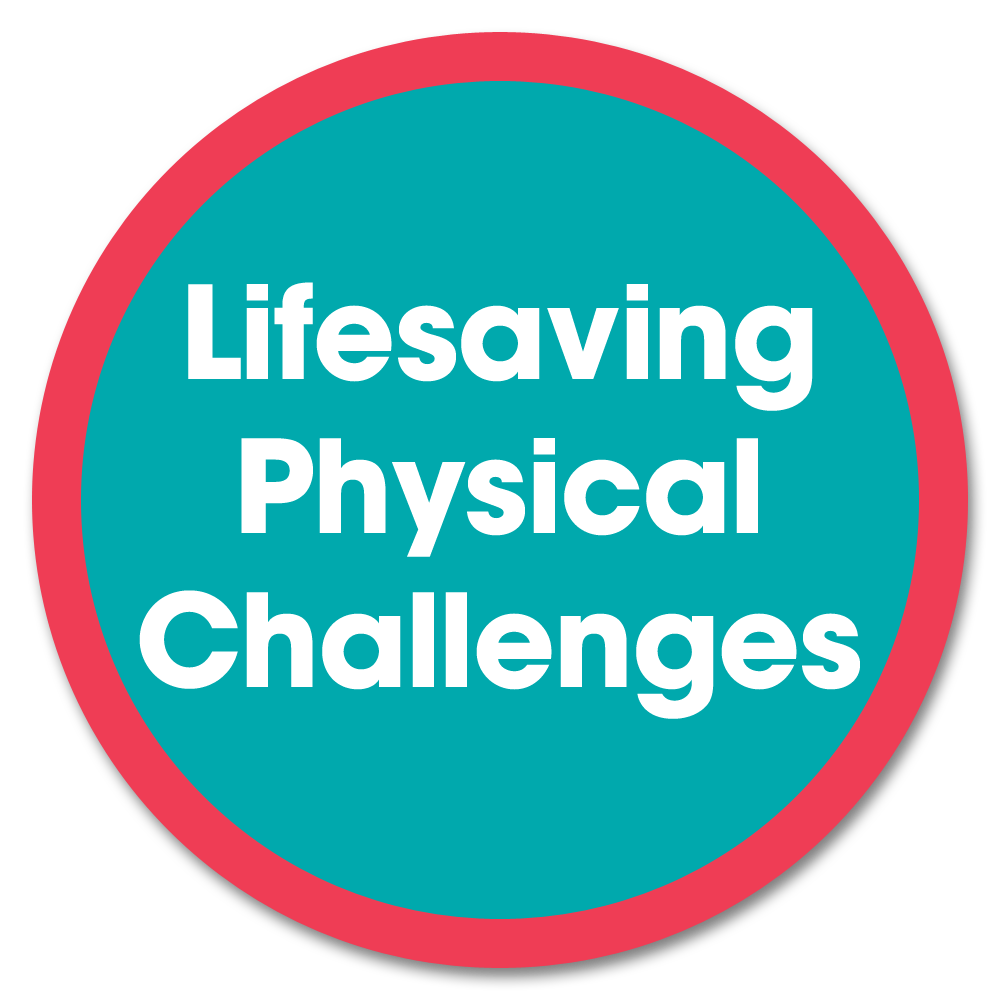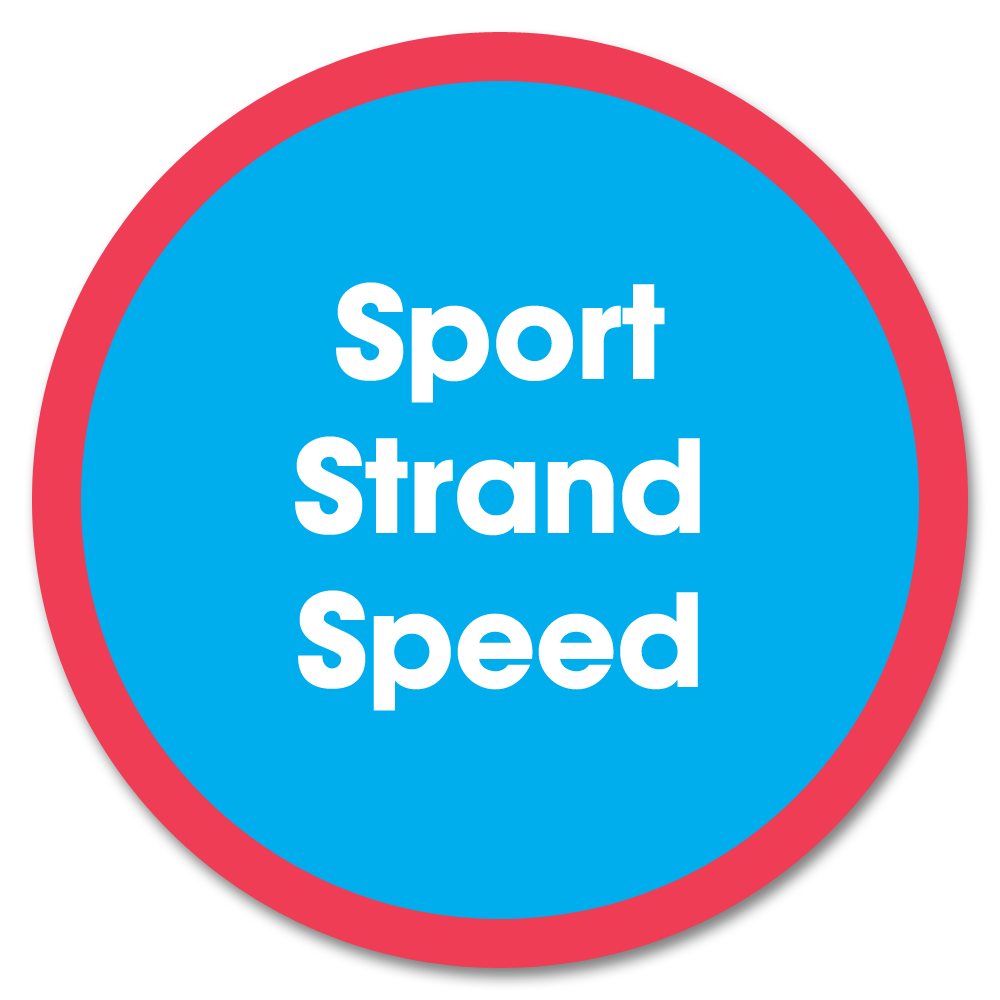The Lifeguard Skills strand is a series of awards that uses lifeguard equipment like rescue tubes, fins and boogie boards and skills like lifeguard communication. These awards build personal confidence and develop lifeguard skills whilst having fun, whether in a swimming pool or an open water environment.
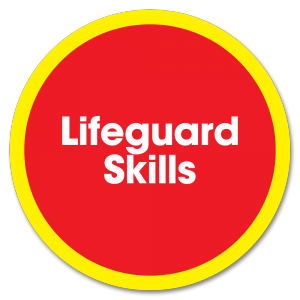
Learning Outcomes
- Perform a safe entry with a rescue tube
- Swim continuously with a rescue tube, 20 metres breaststroke and 20 metres head up front crawl
- Perform a reach rescue to a casualty 2 metres away
- Perform a throwing rescue to a casualty 3 to 4 metres away
- Perform a wade swim rescue to a casualty 15 metres away
- Perform the H.E.L.P. position with a rescue tube and ‘shout and signal for help’ for 1 minute
- Swim/wade 20 metres, perform a surface dive and retrieve an object
- Perform an unconscious casualty turn and tow
- Perform supported rescue breaths on an unconscious casualty
- Swim 20 metres to a casualty and swim 20 metres back in 1 minute 30 seconds

Learning Outcomes
- Fit a pair of fins and safely enter the water
- Swim continuously with a rescue tube and fins, 20 metres breaststroke and 20 metres head up front crawl
- Perform a reach rescue to a casualty 2 metres away
- Perform a throwing rescue to a casualty 3 to 4 metres away
- Perform a swim rescue with fins to a casualty 15 metres away
- Perform the H.E.L.P. position with a rescue tube and ‘shout and signal for help’ for 1 minute
- Swim/wade 20 metres, perform a surface dive and retrieve an object with fins
- Perform an unconscious casualty turn and tow with fins
- Perform supported rescue breaths on an unconscious casualty
- Swim 20 metres to a casualty and swim 20 metres back in 1 minute 10 seconds

Learning Outcomes
- Fit a pair of fins and safely enter the water
- Enter the water using a giant stride, slide-in or walk-in entry
- Swim 20 metres front crawl with fins
- Swim 20 metres head up front crawl with fins
- Swim 20 metres side stroke with fins
- Swim 20 metres backstroke with fins
- Tread water for 2 minutes with fins
- Tread water without using hands for 30 seconds with fins
- Perform a surface dive, swim underwater for 5 metres using a dolphin leg action and ascend to the surface safely
- Swim 3 metres on the surface and 3 metres underwater with a buddy
- Walk out or climb out and remove fins safely

Learning Outcomes
- Fit a pair of fins and safely enter the water
- Enter the water using a giant stride, slide-in or walk-in entry
- Swim 20 metres front crawl with fins
- Swim 20 metres head up front crawl with fins
- Swim 20 metres side stroke with fins
- Swim 20 metres backstroke with fins
- Tread water for 2 minutes with fins
- Tread water without using hands for 30 seconds with fins
- Perform a surface dive, swim underwater for 5 metres using a dolphin leg action and ascend safely
- Swim 3 metres on the surface and 3 metres underwater with a buddy
- Walk out or climb out and remove fins safely

Learning Outcomes
- Describe the main features of a boogie board
- Paddle 20 metres front crawl, turn 180 degrees, paddle 20 metres butterfly, stop and turn 180 degrees
- Perform a 15 metre conscious co-operative non contact rescue using a boogie board
- Perform a 75 metre paddle in 40 seconds
- Perform a 10 metre unconscious casualty rescue
- Simulate rescue breaths to an unconscious non-breathing casualty

Learning Outcomes
- Describe the main features of a boogie board
- Paddle 20 metres front crawl, turn 180 degrees, paddle 20 metres butterfly, stop and turn 180 degrees
- Perform a 20 metre conscious co-operative non contact rescue using a boogie board
- Perform a 75 metre paddle in 50 seconds
- Perform a 10 metre unconscious casualty rescue
- Simulate rescue breaths to an unconscious non-breathing casualty
- Launch a boogie board into the water
- Demonstrate a ‘Duck Under’
- Perform a roll, regain control, remount the boogie board and continue to paddle
- Land a conscious co-operative casualty through the surf zone safely

Learning Outcomes
- Describe different communication methods and how they are used
- Understand the importance of how to raise the alarm
- Perform 3 hand signals
- Know when and how to use whistle signals
- Know how to contact the emergency services
- Make an emergency call
- State what information is needed when making an emergency call

Learning Outcomes
- Use hand signals to another Junior Lifeguard to follow instructions
- Understand and follow hand signals
- Perform some simple spelling using the phonetic alphabet
- Use radio terminology to send a pre-set message
